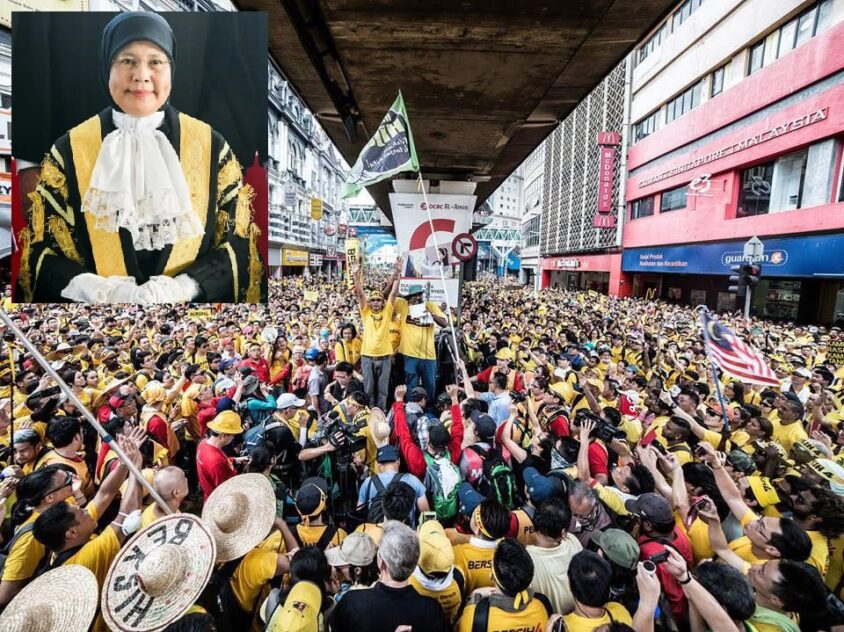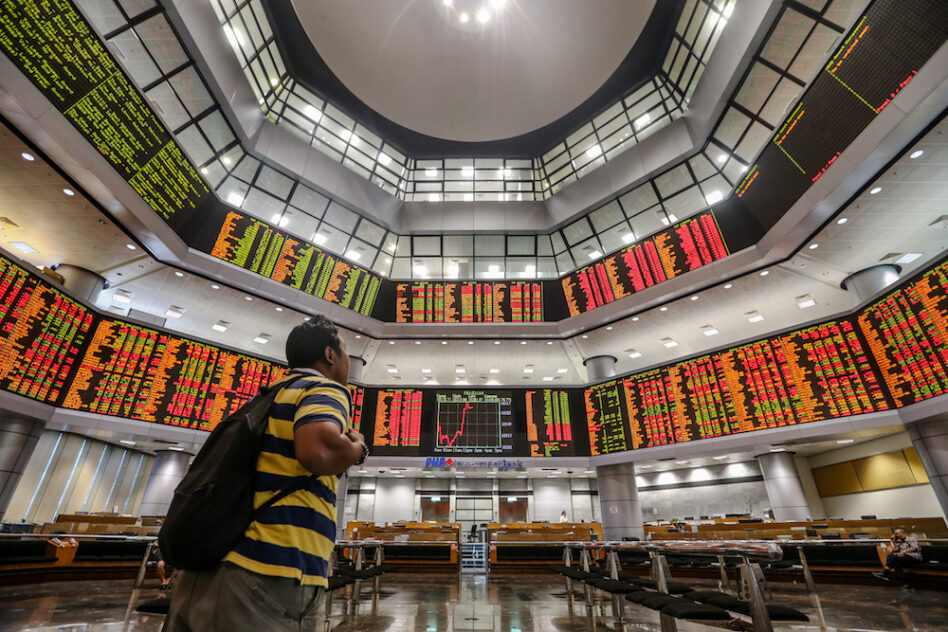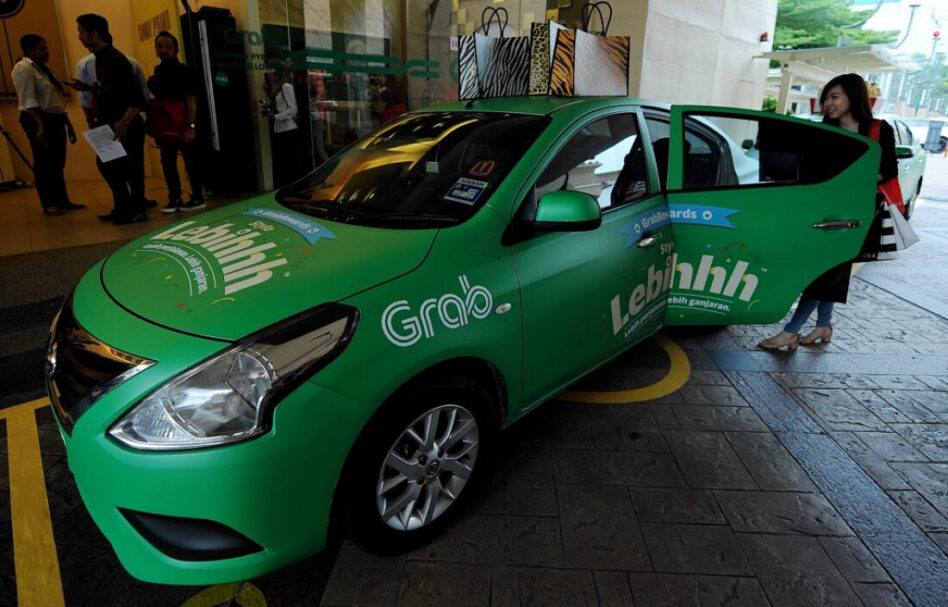By Ramakrishna Damodharan
IN an uncertain economy when every ringgit counts and time is money, even the smallest increase in revenue or reduction in expenses can have an impact on company profitability.
The good news is, Malaysian businesses and entrepreneurs who want to protect their trademarks overseas can now rejoice at the prospect of cutting their costs by up to half in international trademark applications, after a key regulation in trademark laws was passed by Parliament in 2019.
Malaysia became the 106th country to embrace the Madrid Protocol trademark filing system. This means Malaysian individuals and companies can file trademark applications in foreign countries under the Protocol which, among others, streamlines and improves the procedures for the international registration of marks. Local trademark owners who are exploring markets outside Malaysia can now dance to a happier tune where filings and registrations of trademarks are concerned.
Malaysia External Trade Development Corporation (Matrade) statistics show that in 2019, Malaysia’s exports amounted to RM986.40 bil, and this value may see a significant increase this year following accession to the Protocol.
Local multinationals and SMEs that want to enhance their competitiveness and protect their innovations internationally can now obtain global trademark protections more easily by filing just one trademark request for as many member countries as they want to, as the Madrid Protocol already covers over 80% of the world trade market.
From the import aspect, the accession to the Madrid Protocol can be seen as synergistic to the government’s initiatives to make Malaysia one of the more attractive countries in Asean for foreign investment.
The Protocol’s structured designation process will undoubtedly encourage more foreign trademark owners to designate Malaysia as one of their countries of interest, as it now provides protection for their trademarks when introducing their products and services in Malaysia.
The statistics tell the story: The Intellectual Property Corporation of Malaysia (MyIPO) says that as of Feb 11, 2020, 451 international trademark applications from abroad have designated Malaysia and 16 applications from Malaysian companies filed trademark applications under the Madrid Protocol since it was implemented in Malaysia on Dec 27, 2019.
It’s no wonder that with over 1.3 million trademarks registered, the Madrid Protocol is the top choice and a very powerful tool among export-oriented brand owners, amongst them Microsoft, Daimler, Sony, Nestle, Shiseido and many other well-known brands to protect their multi-billion-dollar trademarks.
Convenient and cost-effective application
The Madrid Protocol is by far the most convenient and cost-effective solution for registering and managing trademarks worldwide. The most obvious advantage in using it is a simplified application process.
Touted as a one-stop solution provider, the Protocol allows a trademark owner to seek protection of the trademark in several countries simultaneously by filing one application at a single office, in one language (English) and by paying one fee in one currency (Swiss franc).
An added advantage is the further simplification and efficient operation which enables trademark holders to manage their brand portfolio through a centralised system administered by WIPO.
So, how do the country’s law firms see the Madrid Protocol impacting businesses in Malaysia?
In the case of Japan, a research paper says some IP practitioners in that country that adopted the Madrid Protocol since 2000 reported that, through their experience, businesses can generally save up to 50% of costs and time when they go through the single channel Madrid Protocol as compared to filing directly with individual countries.
Prior to Dec 27, 2019, Malaysian trademark owners who wanted to protect their trademarks in several countries could only do so by hiring a legal representative in each country they intend to protect the mark in and by paying local registration and application fees. All this took up a considerable amount of time and money.
Although the cost-effective nature of the Protocol is not in doubt, there were mixed opinions by practising firms in Japan back in 2014. Some said the Protocol was only useful if 10 or more countries were designated; some others, however, learned that the Protocol is cheaper if three or fewer countries were designated. The general consensus among IP practitioners was that cost effectiveness is ideal when five to 10 countries are designated.
How much does it cost? Interested parties can always prepare the cost estimates for obtaining protection for their trademarks through the fee calculator on WIPO’s website.
The downsides
Though there are a lot of advantages to the Madrid Protocol, it has a few disadvantages as well. It may be fraught with difficulties if one is not strategic about the Protocol.
The dependency period and fears of “central attack” have been frequently cited by trademark owners as significant barriers to the increased use of the Protocol.
Their international registration is tied to their Office of Origin registration for five years. If at any time during that period, the Office of Origin cancels or rejects the applicant’s trademark registration, their international registrations are cancelled or rejected as well.
As there are certain disadvantages to the Madrid Protocol, it is imperative that qualified and reliable advice is sought prior to embarking on the Protocol journey.
Future-proof your trademark
The essential criteria for eligibility for businesses in Malaysia is that the trademark owner must have either a pending application and/or a registered trademark in Malaysia, known as the basic mark. The owner, an individual or a company, must either be domiciled or have a real and effective establishment here.
As a quick review, to use the Madrid Protocol, one begins with a local trademark application (the Basic Application as filed at the Office of Origin – in Malaysia, it’s MyIPO). The owner requests MyIPO to submit the application to WIPO which submits it to all of the designated countries. Each countries’ trademark office then reviews and processes the application according to its own law and practices, such as for distinctiveness, descriptiveness, morality or prior rights.
What to expect
In summary, the Madrid Protocol heralds a new beginning in the way trademarks can be protected in Malaysia. Navigating the Protocol for the local trademarks owner will require proper strategic planning and it may not be the best solution for all trademarks.
It is still early days for us to gauge the full impact of the Madrid Protocol for Malaysia but at least, the first step towards greater harmonisation for trademark rights protection has been taken and this is indeed a step in the right direction.
Ramakrishna Damodharan is managing director of Adipven (M) Sdn Bhd, an Asiawide intellectual property consultancy and commercialisation firm headquartered in Kuala Lumpur









